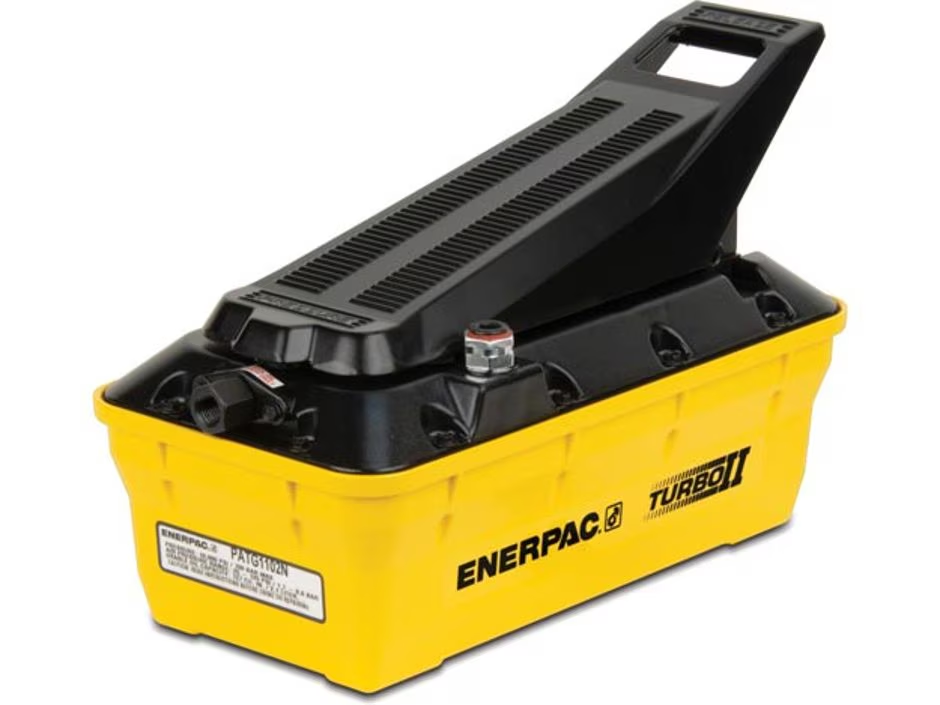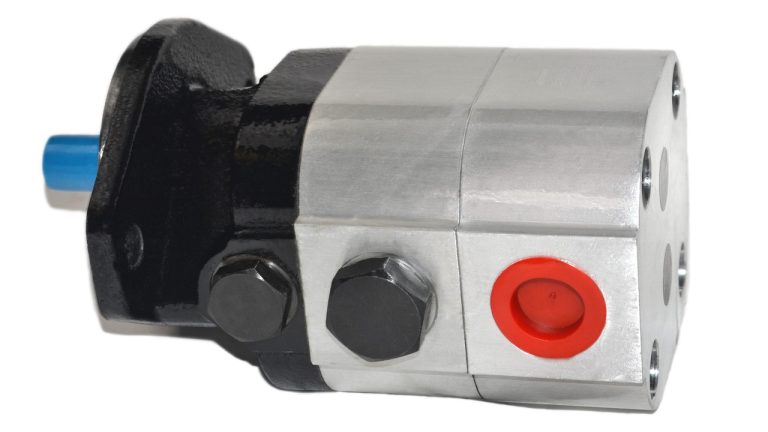How does a hydraulic pump build pressure?
How does a hydraulic pump build pressure?
Attached to the front face of the swashplate is a series of pistons. Because the swashplate is offset at an angle, the pistons move in and out as it turns. This forces hydraulic fluid into and out of the piston chambers, therefore creating pressure within the system.

How does a air driven hydraulic pump build pressure?
air-driven hydraulic pump builds pressure by using compressed air to move a piston or diaphragm inside the pump. As the compressed air pushes the piston or diaphragm, it forces hydraulic fluid into a smaller chamber, increasing its pressure. This pressurized fluid is then directed through hydraulic lines to operate cylinders or other hydraulic components, providing the necessary force for various applications. The cycle continues as the pump maintains pressure through controlled air supply, ensuring consistent hydraulic power output.

How does air operated hydraulic pump build pressure?
Air Compression: The process starts with compressed air being supplied to the pump. This air is usually provided by an external compressor system, which delivers high-pressure air through a hose or line to the pump.
Air Control Valve: Inside the pump, there is an air control valve that regulates the flow of compressed air. This valve directs the air to different chambers within the pump mechanism.
Piston and Cylinder Arrangement: Most air operated hydraulic pumps utilize a piston and cylinder arrangement. When the compressed air is directed to one side of the piston, it creates pressure against the piston head.
Mechanical Advantage: The piston, connected to a hydraulic fluid chamber, moves in response to the pressure exerted by the compressed air. As the piston moves, it displaces hydraulic fluid from the chamber.
Hydraulic Fluid Compression: The displacement of hydraulic fluid by the piston increases the pressure within the hydraulic system. This pressure buildup is directly proportional to the force exerted by the compressed air on the piston.
Output Pressure: The hydraulic fluid, now pressurized, is directed through an outlet port to the hydraulic system or equipment that requires hydraulic pressure. The pressure achieved depends on factors such as the air pressure supplied, the size of the piston, and the efficiency of the pump mechanism.
Cycle and Regulation: The air control valve regulates the cycle of air supply to the pump, ensuring consistent pressure output as required by the hydraulic system. This regulation maintains the desired pressure levels for optimal operation.



